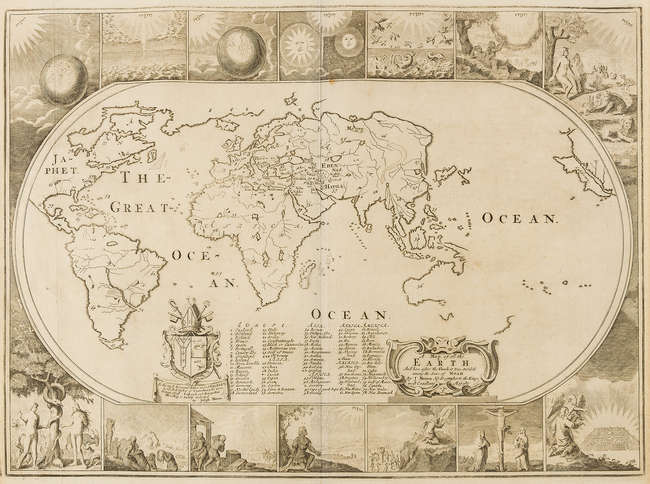The Bible is a rich tapestry of stories that have captivated hearts and minds for centuries. From the epic tales of Noah's Ark and the Exodus to the parables of Jesus, these stories hold profound wisdom and teachings. In our quest to pass on the essence of these stories to the next generation, we've discovered a powerful tool that can unlock new dimensions of understanding for children: Bible maps.
Visualizing the Journey
One of the challenges of introducing children to the Bible is helping them grasp the geographic context of these ancient narratives. This is where Bible maps come to the rescue. With these maps, children can trace the journeys of biblical figures, understanding the distances they traveled, the landscapes they encountered, and the challenges they overcame. This visual aid transforms abstract stories into concrete journeys, making them relatable and accessible.
Connecting History and Faith
Bible maps not only provide geographical insights but also bridge the gap between historical events and matters of faith. When children can see where Abraham left his homeland or where David confronted Goliath, the stories take on a tangible reality. This connection helps children appreciate that these were real people navigating real places, which in turn deepens their understanding of the faith that these figures held.
Cultivating Curiosity
Children are naturally curious explorers, eager to discover the world around them. Bible maps tap into this curiosity, inviting children to explore the landscapes of the Bible with wonder and excitement. As they engage with these maps, they start asking questions about the significance of locations, the reasons behind journeys, and the impact of these events. This curiosity-driven exploration encourages active learning and critical thinking.
Enhancing Retention and Comprehension
The human brain is wired to remember visuals more effectively than text alone. When children interact with Bible maps, the visual reinforcement imprints the stories more deeply in their memory. This enhanced retention leads to better comprehension and, in turn, fosters a greater love for and connection to the scriptures.
Teaching Lessons Through Geography
Geography is a powerful tool for teaching life lessons. By immersing children in the landscapes of the Bible, we can draw out lessons about perseverance, faith, courage, and empathy. They learn not just through words but through the very terrain where biblical characters walked and lived out their stories. This holistic learning experience leaves a lasting impact on a child's moral and spiritual development.
A Collaborative Learning Experience
Bible maps are more than teaching aids; they're catalysts for discussions and collaborative learning. Families, teachers, and children can come together to explore these maps, ask questions, share insights, and build a collective understanding of the scriptures. This shared experience strengthens bonds and fosters a sense of community among learners.
Bible maps are like keys that unlock the door to a deeper understanding of the Bible's narratives. They provide children with the tools to explore the geography, history, and faith that underpin these stories. As we introduce our young learners to these maps, we open a world of discovery, curiosity, and connection. Let's embrace this powerful method of storytelling, as it enriches the lives of children and guides them on a journey of faith and understanding.




